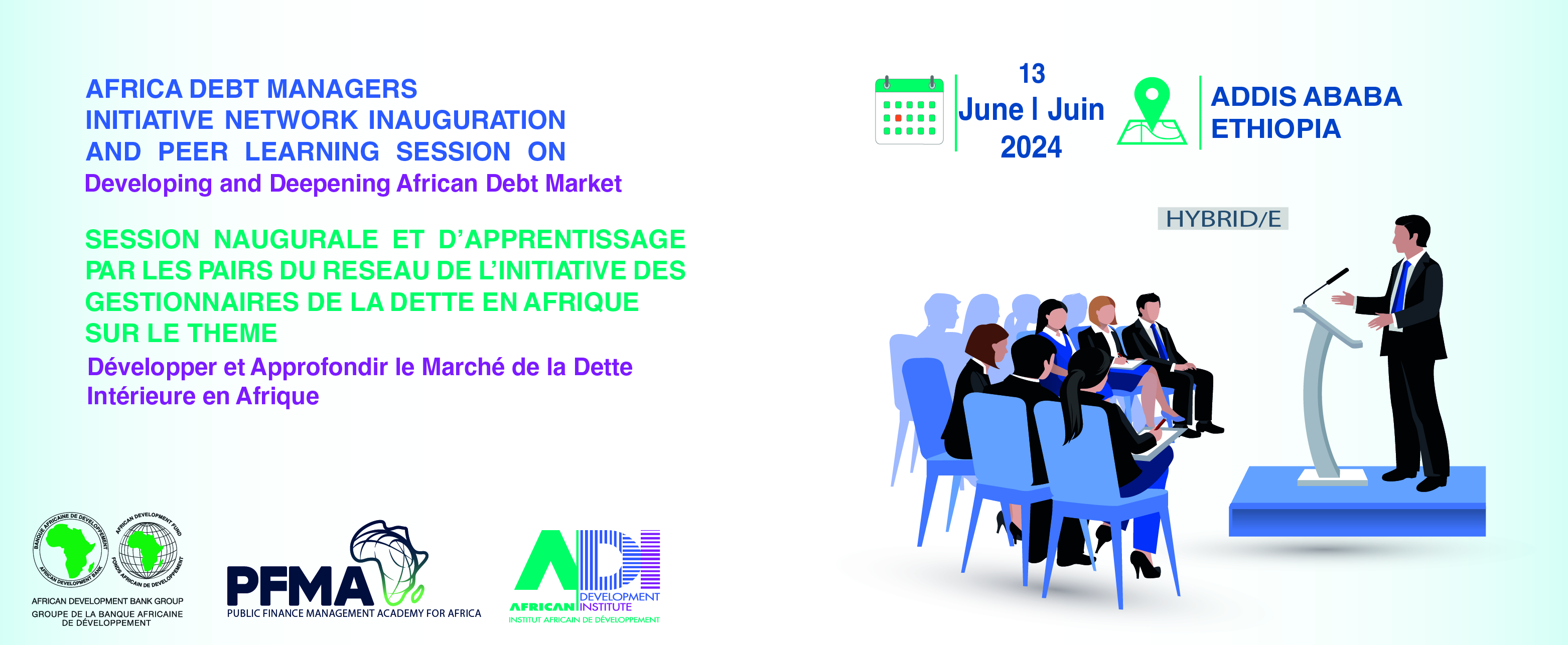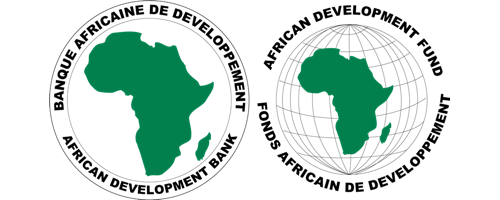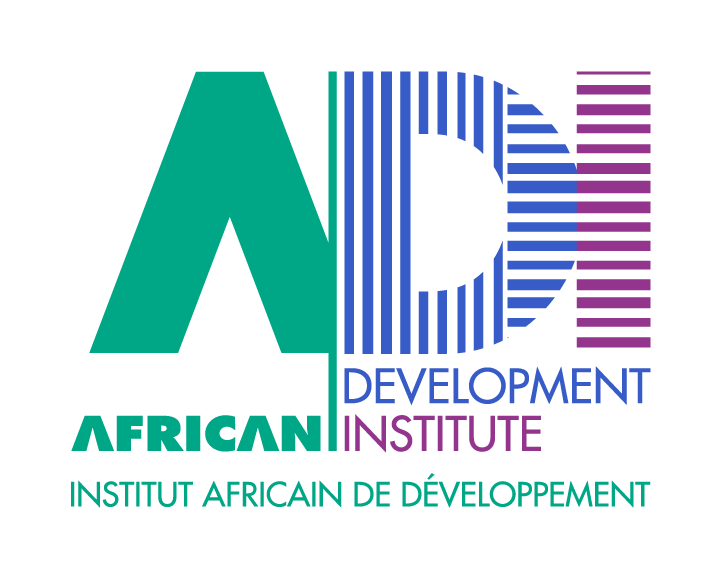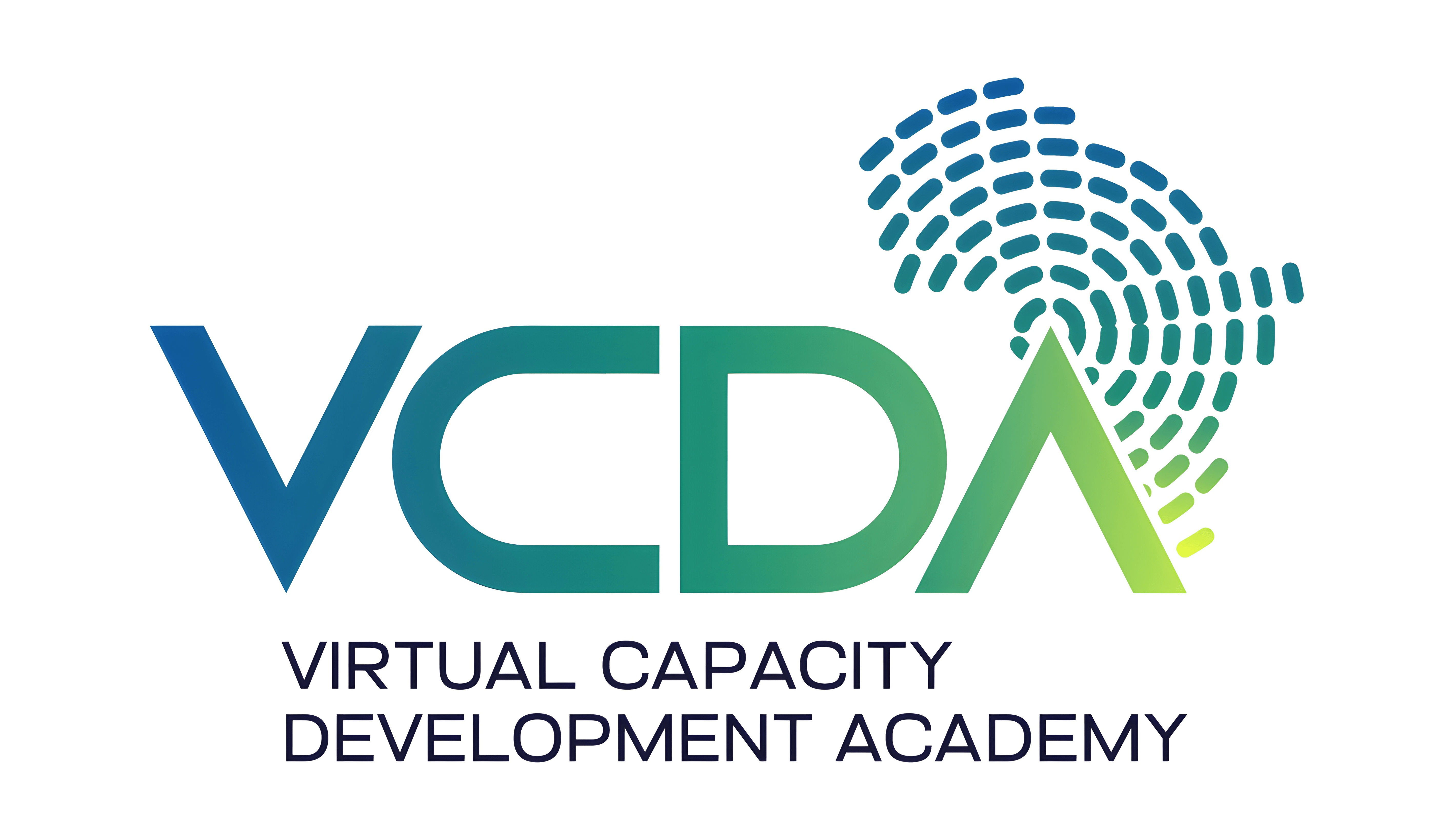Addressing Emerging Public Debt Management Capacity Challenges in Africa’s Transition States
Public debt vulnerability remains a perennial challenge for Africa. As at the end of November 2023, according to the IMF, 38 low-income countries (LICs) African countries, out of 54 African countries, were classified as being in debt distress, at a high rate of debt distress, or at a moderate rate of debt distress (see Annex A). Out of these 38 African countries, 23 are Transition States; and of 10 countries globally that are in debt distress, 8 (eight) were African countries, while 4 were Transition States Within the same period, of the 26 LICs globally that are at high risk of debt distress, 13 are in Africa while 11 are Transition states. Also, of the 26 LICs at moderate risk of debt distress worldwide, 17 are African countries, and 8 of these are Transition states. In the Transition states, the debt challenge is exacerbated by fragility, absence of or shallow domestic debt market (money and capital markets), and weak institutional capacity for governance, public finance, and debt management. In response to the challenge of debt vulnerability amongst Transition States, the African Development Institute’s Policy Management Division (ECAD.2) secured a grant under the Transition Support Facility (TSF) Pillar III to implement the project: “Strengthening the Capacity of Transition States for Effective Management and Mitigation of Debt Distress Risks” as a direct support priority project under the Pillar III (Targeted Support) of the Strategy for Addressing Fragility and Building Resilience in Africa 2022-2026, and implementation of the Bank’s Multidimensional Action Plan for the Management and Mitigation of Debt Distress Risks in Africa (Debt Action Plan) 2021-2023. The Project covers about 22 transition States in Africa that are in debt distress, at a high risk of debt distress, or at moderate risk of debt distress.



